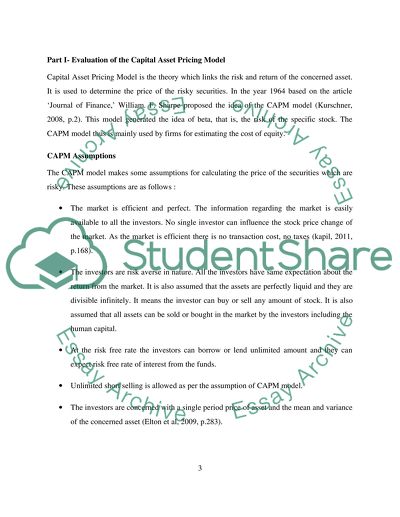Cite this document
(“Evaluation of The Capital Asset Pricing Model (GlaxoSmithKline) Essay”, n.d.)
Retrieved from https://studentshare.org/finance-accounting/1393780-evaluation-of-the-capital-asset-pricing-model-glaxosmithkline
Retrieved from https://studentshare.org/finance-accounting/1393780-evaluation-of-the-capital-asset-pricing-model-glaxosmithkline
(Evaluation of The Capital Asset Pricing Model (GlaxoSmithKline) Essay)
https://studentshare.org/finance-accounting/1393780-evaluation-of-the-capital-asset-pricing-model-glaxosmithkline.
https://studentshare.org/finance-accounting/1393780-evaluation-of-the-capital-asset-pricing-model-glaxosmithkline.
“Evaluation of The Capital Asset Pricing Model (GlaxoSmithKline) Essay”, n.d. https://studentshare.org/finance-accounting/1393780-evaluation-of-the-capital-asset-pricing-model-glaxosmithkline.


